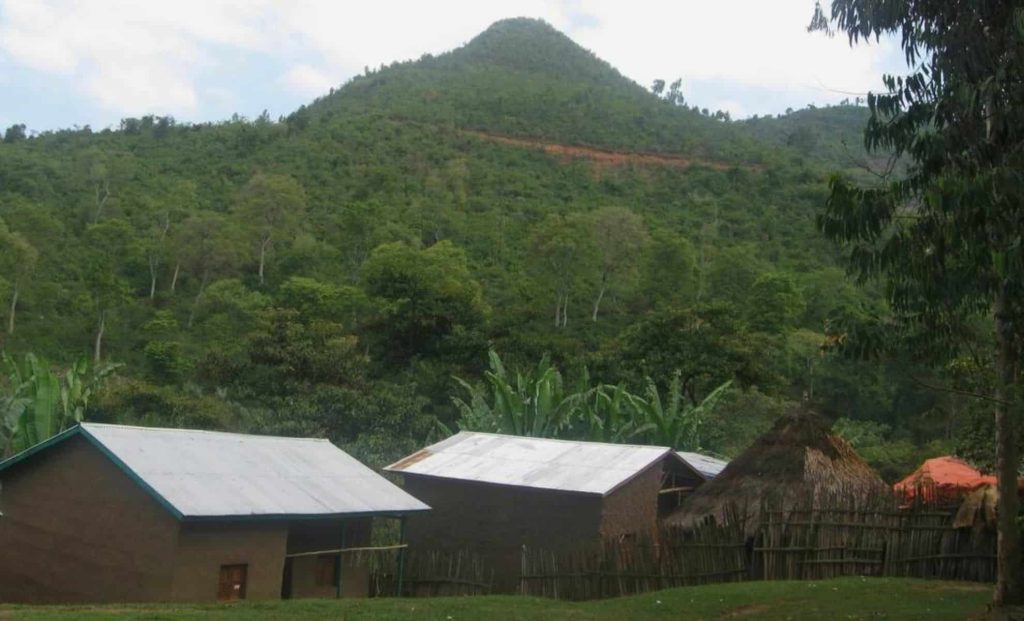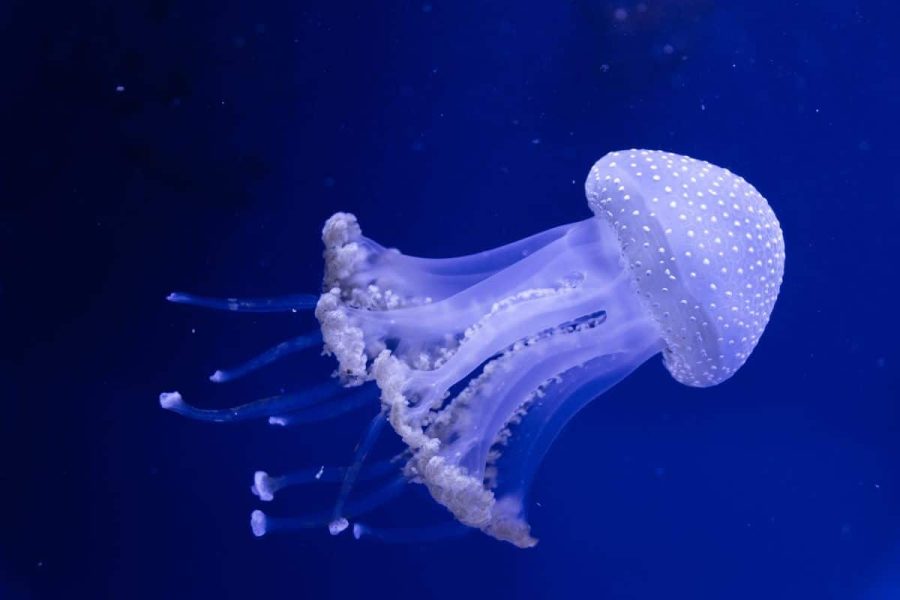Kept in Captivity for 20 Years, This 4-Foot Predator Is Now a Newly Discovered Species – The Daily Galaxy –Great Discoveries Channel

An unassuming predator, kept in captivity for nearly two decades, held a secret that would shock the scientific world. At over 4 feet long, its olive-green scales and creamy underbelly hinted at something extraordinary. Yet, for years, it remained overlooked, even as it passed through the hands of researchers. Then, a closer look revealed its true identity—a discovery that reshaped what we know about African snakes. A decades-old mystery surrounding an olive-colored predator kept in captivity for nearly 20 years has led to the identification of a new species of snake in Ethiopia. Scientists Jakob Hallermann and Oliver Hawlitschek, in a recent study published in Zootaxa, have named the species Boaedon broadleyi, or Broadley’s African house snake, in honor of herpetologist Donald George Broadley.The discovery began when researchers turned their attention to African house snakes, a group often misidentified due to their shared physical traits. DNA samples collected from museum specimens across multiple countries and newly caught snakes revealed genetic distinctions among Ethiopian specimens. This groundbreaking analysis confirmed the presence of a new species.Broadley’s African house snakes are characterized by their olive-green bodies, creamy bellies, and short white stripes on the sides of their heads. The species can grow to over 4 feet (1.22 m) in length and is well-adapted to a variety of environments, including woodlands, grasslands, and even cultivated areas near human settlements. These snakes are found at elevations ranging from 2,400 to 9,800 feet (2.99 km).A photograph of one specimen shows its coloration blending seamlessly with rocky surroundings, hinting at its natural camouflage abilities. Like other house snakes, Boaedon broadleyi is a predator, primarily feeding on rodents but opportunistically consuming other prey it can capture.The first specimen of Broadley’s African house snake was captured in the late 1980s and kept in captivity until 2006 before being donated to a German museum. Its rediscovery and classification decades later underscore the potential for museums to hold vital clues about undocumented species.The species is named after Donald George Broadley, a British-born herpetologist renowned for his extensive contributions to the study of African reptiles, particularly house snakes. His legacy continues to shape the understanding of Africa’s diverse herpetofauna.This discovery also sheds light on the rich biodiversity of the region. Alongside Boaedon broadleyi, researchers identified a second new species of house snake in neighboring Somaliland, hinting at the possibility of more undiscovered species in East Africa.Broadley’s African house snake is now known to be widespread across Ethiopia and possibly extends into neighboring regions such as Somaliland. The meticulous identification process, combining DNA analysis with physical observations, highlights the importance of interdisciplinary approaches in uncovering Earth’s hidden biodiversity.Got a reaction? Share your thoughts in the commentsEnjoyed this article? Subscribe to our free newsletter for engaging stories, exclusive content, and the latest news.Comment Save my name, email, and website in this browser for the next time I comment.
© 2024 | Daily Galaxy | All rights reserved






